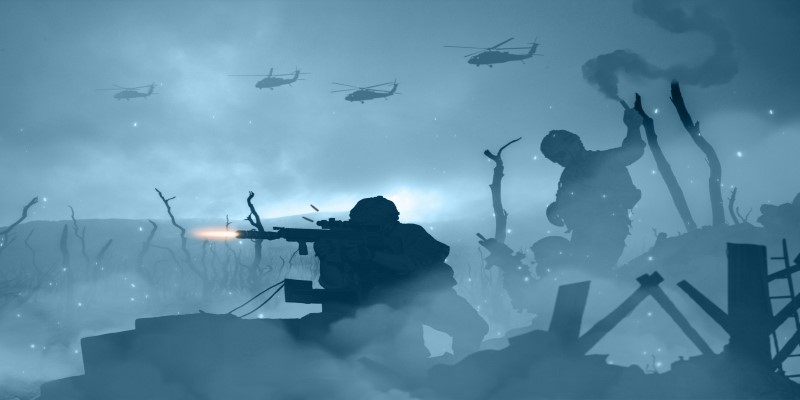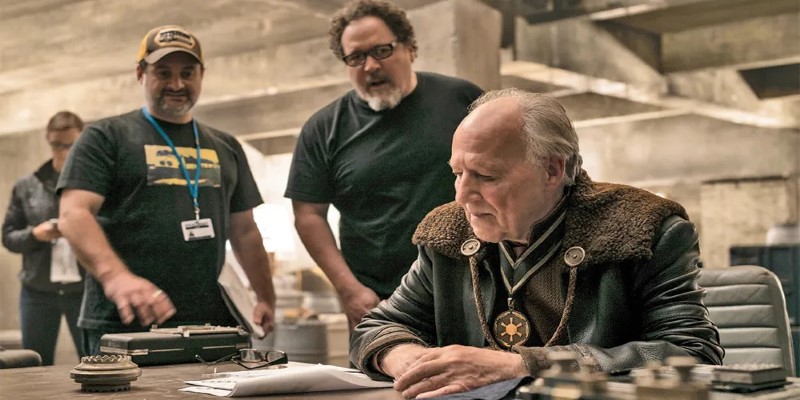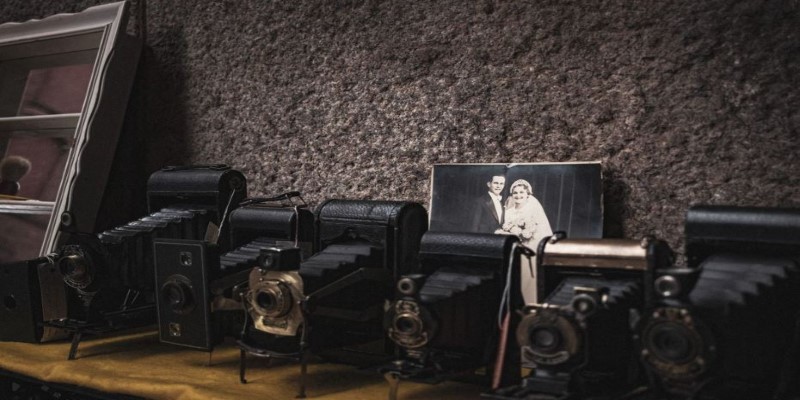
Learning About Neo-Romanticism – One of the Best Art Forms
Jan 31, 2024 By Eleanor
Neo-romanticism – for some people, this can be very complicated, but these words describe the artistic movement that took place in the 20th century. This movement is known to develop a connection between emotional values and nature that is transforming into the modern world. This form of art is very intimate and is the representation of the world we are living in.
Not a lot of people know about this art movement, but as the world is advancing, people are trying to learn more about the old art forms. If you are also interested in learning more about neo-romanticism and its characteristics, this article has everything you need to know. So, let's dive into art and learn more about this.
What is Neo-Romanticism?
Neo-romanticism is a form of art that began in the early twentieth century. This term is used to describe a school painting that was made during the 130s and 1940s in Britain. In this, you will see a lot of different paintings that are inspired by the British landscapes. Most of these paintings are found in an abstract and surreal style that portrays the despair and sorrow of WW2 wars.
The Neo-Romantic paintings are illustrations that have an intense feeling to them and also give off a moody atmosphere. The lonely figures and the destructive nature of the paintings showcase sadness. This is because the artists making these paintings want to convey the feeling that everyone felt during the days of the war. They tried to show how it was in the country: the destruction of the homes and cities, the emotional loss everyone in the country feels, the feeling of death and threat, and even paranoia.
All these emotions were taken together and used to express them through art. This art focused on how the Industrial Revolution and the modern world altered the natural environment.
History of Neo-Romanticism:

The movement of Neo-Romanticism is not new. This has been in the world since the 20th century, and many shared styles have made this a complete art movement. Below is a brief overview of the history of Neo-Romanticism.
Beginning from the Post-Industrial Days:
Neo-Romanticism started at the end of the 19th century, and one of the main reasons it surfaced was the trend of naturalism. The artists started trusting nature in a way that shows a specific point of view or the issues happening in the world during that time.
Portray the Anxiety During and After War:
In the 20th century, World War II caused a lot of destruction all around the world. Not only this, it created an environment of depression and unease in the people. This allowed Neo-Romanticism to flourish, and many artists started showcasing the feelings of people and the situation of Britain through art.
The idea of portraying the work through art became so popular that by the end of 1942, the emphasis on giving a name to this trend became very important. Writer Raymond Mortimer then coined the work Neo-Romanticism to describe this art movement.
The Rise of Pop Art:
As WW2 came to an end, the concept of Neo-Romanticism also came to an end. The rise of pop art started in the second half of the 20th century, and artists' attention started shifting towards it as it was a way through which cultural assets could be portrayed well. This was the time when individuals' interest in Neo-Romanticism declined.
Famous Artist of the Neo-Romanticism Movement:

When it comes to Neo-Romanticism, so many famous artists made their name in this art movement. Below are some of the most significant names.
Michael Ayrton:
Michael Ayrton was one of the later practitioners of Neo-Romanticism. He was known for his work in mythology and Daedalus. He used these two concepts in this work, which became the trope of his artwork.
Eugene Berman:
Eugene Berman was a well-known painter and a set designer. One of the main reasons why he got so much fame was when he painted the 1942 La Petite Fortune. Similar to this, all of his work art showcases loneliness and sorrow.
Graham Sutherland:
Graham Sutherland is a famous name in Neo-Romanticism. This is because he created the renowned tapestry of Christ in Glory in the Tetramorph.
Keith Vaughan:
Vaughan is known for his intense, visceral work. One of their most famous paintings is The Communication of Hate.
John Piper:
Another central personality in the Neo-Romanticism art movement was John Piper. All of these paintings are extremely special and made very beautifully. His best-known painting illustrates the bombed-out Coventry Cathedral during World War II.
Characteristics of the Neo-Romanticism Art Movement:
Neo-Romanticism is all about showcasing the moods and messages regarding the destruction happening during World War II. Following are some of the most common characteristics you will find in these arts.
Focus on the Nature:
The primary characteristic of Neo-Romantic art is that it expresses nature. This art shows the nature and how it was effected during the World War II. With the help of this art, you will understand the torture that nature went through during this time.
The Mixture of New and Old Art:
Neo-romantic movement is the combination of old and new techniques. There are some techniques from the Romantic movement, and some new methods are also included here. This is why you will see some non-traditional shapes and elements and some modern art elements in these paintings.
Final Words:
Neo-Romanticism is not like other art movements that are made purposefully. Many artists were making paintings and art using the same concept, which is why the term Neo-Romanticism was created during the 1930s and 1940s. This art allowed the individuals to portray their feelings during World War II and the destruction that came with it. Hence, we hope this article was beneficial for you in learning more about this concept.
-
 Entertainment Feb 01, 2024
Entertainment Feb 01, 2024Journeying Through Herzog's Lens: Essential Films for Film Enthusiasts
Immerse in Werner Herzog's cinematic brilliance through 10 essential films. From Amazonian adventures to war tales, experience captivating storytelling.
-
 Entertainment Feb 01, 2024
Entertainment Feb 01, 2024An Ultimate Review of The Son: Exploring Family Relationships and Challenges
Do you seek insightful reviews on 'The Son'? Dive into our ultimate exploration of family dynamics and challenges. Uncover the essence of familial relationships.
-
 Art Jan 31, 2024
Art Jan 31, 2024The History of Photography: When Was the Camera Invented?
Uncover the history of photography and find out when the camera was invented. Explore its journey from ancient optics to modern digital marvels
-
 Entertainment Feb 01, 2024
Entertainment Feb 01, 2024Review of Miyazaki's Enigmatic Dream about Loss and Purpose – The Boy and the Heron
Let’s explore the world of Hayao Miyazaki's possibly final masterpiece, 'The Boy and the Heron.' Immerse yourself in a poetic journey infused with philosophy and pure emotion.